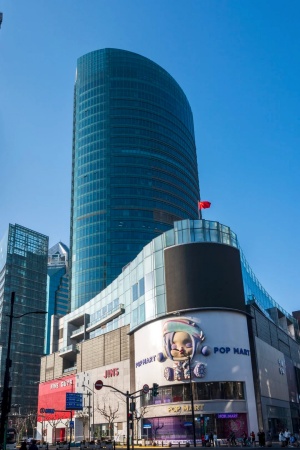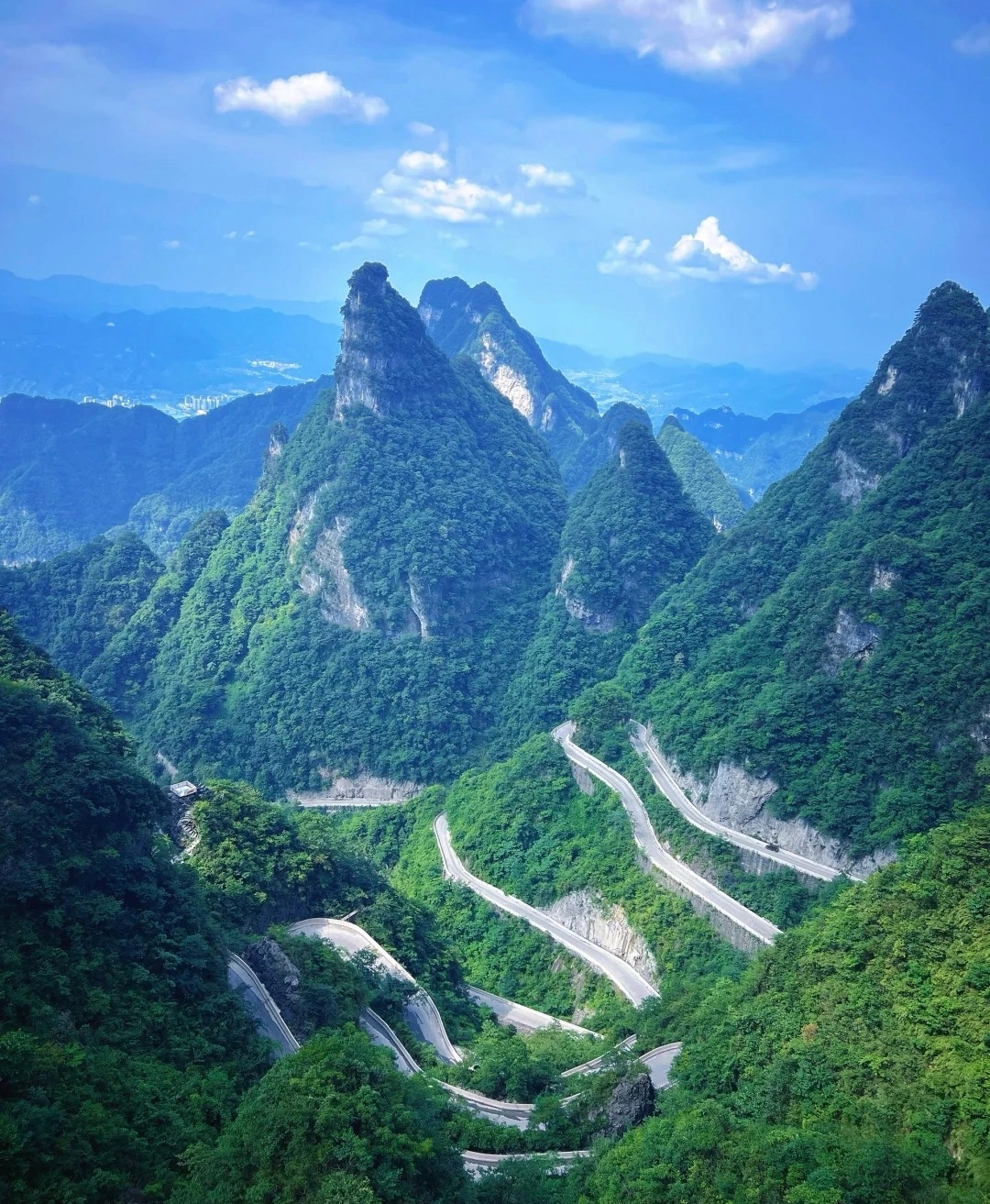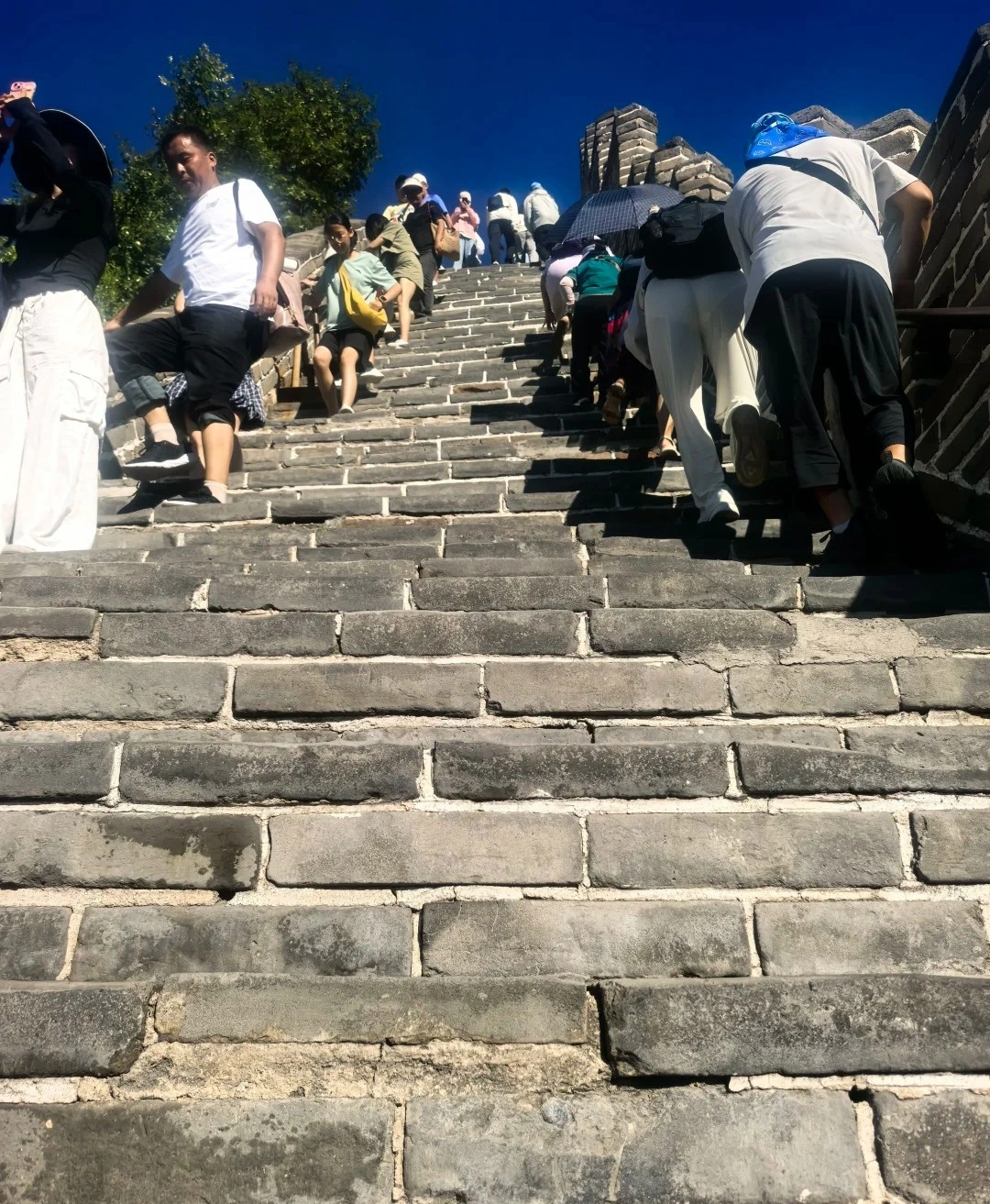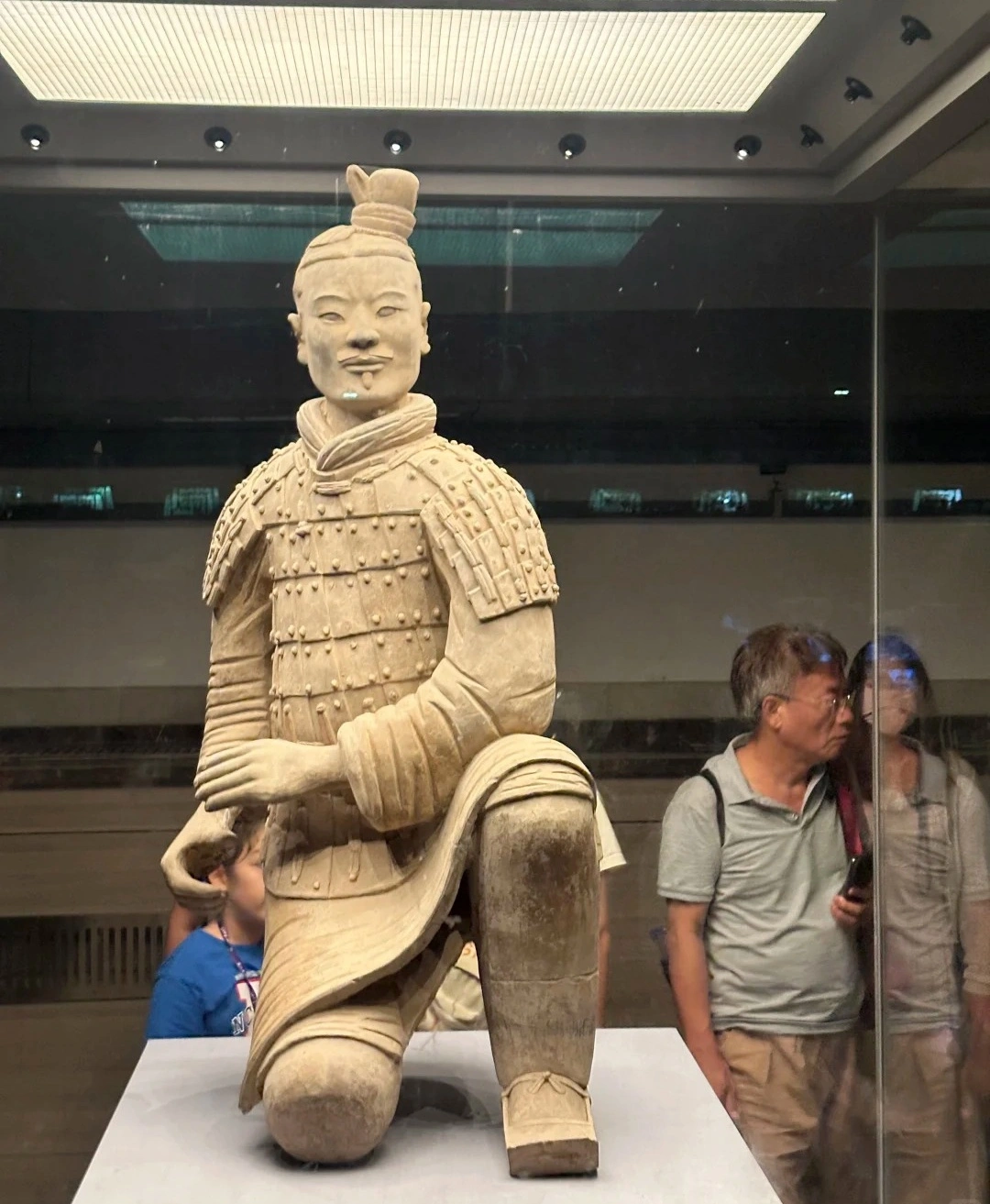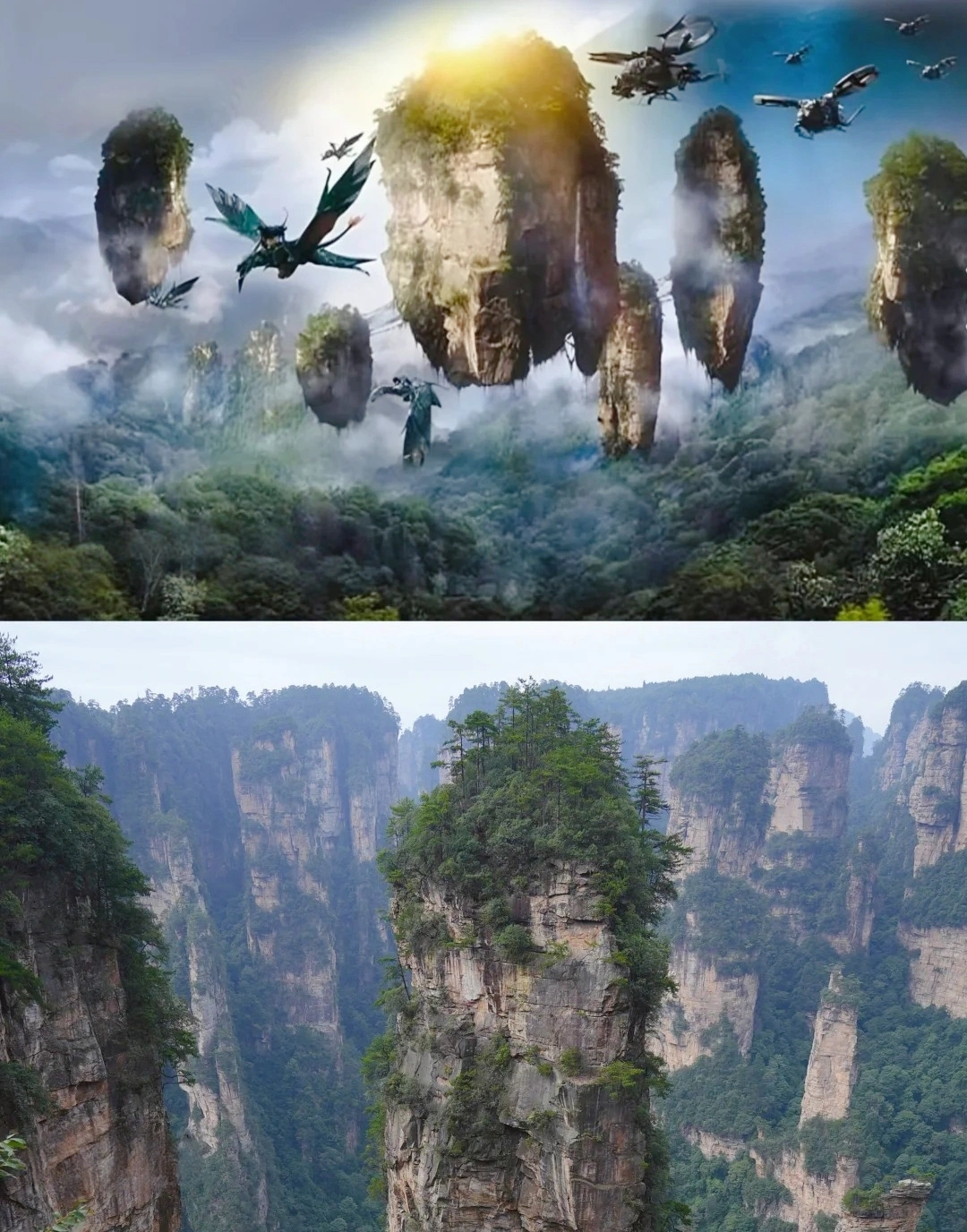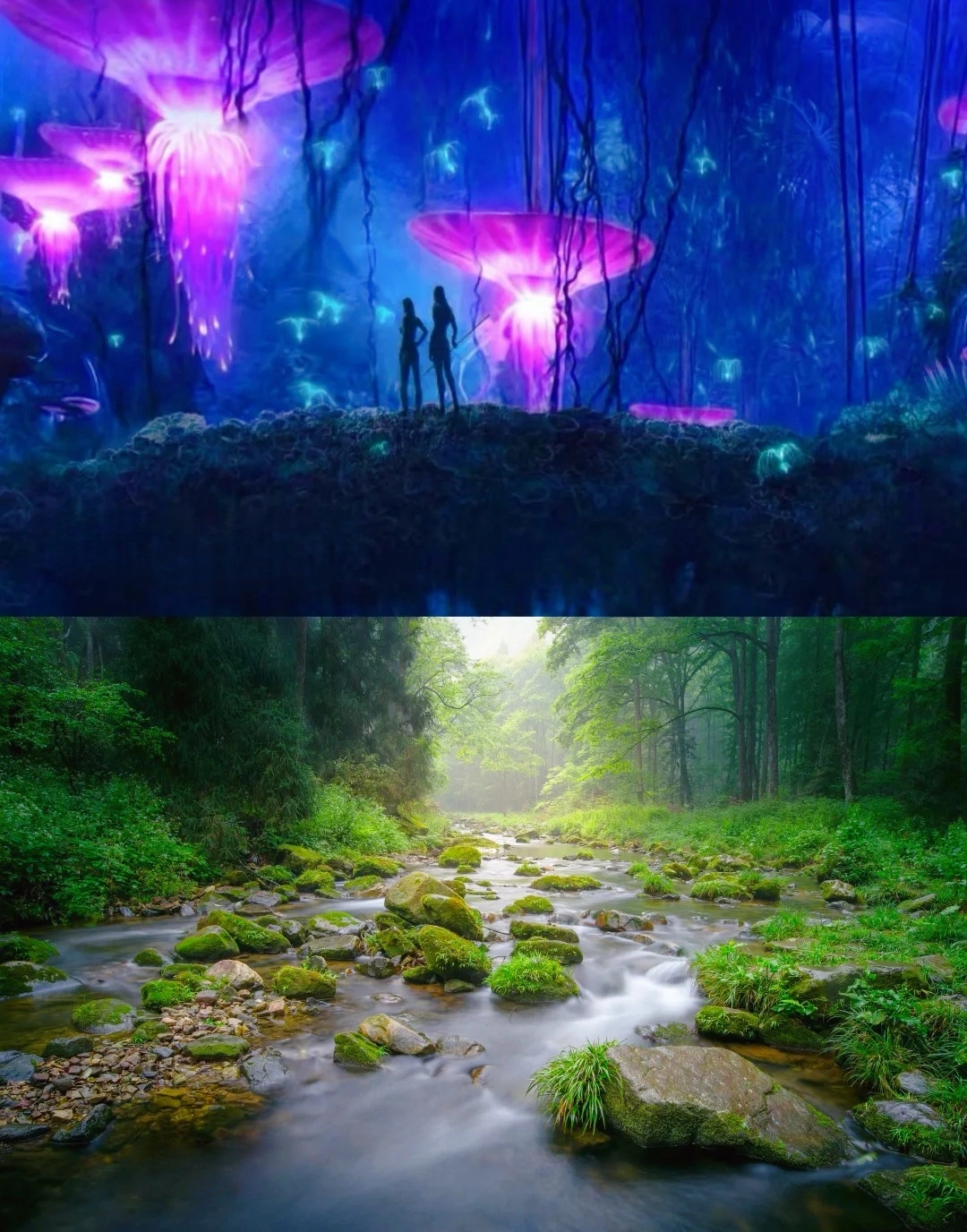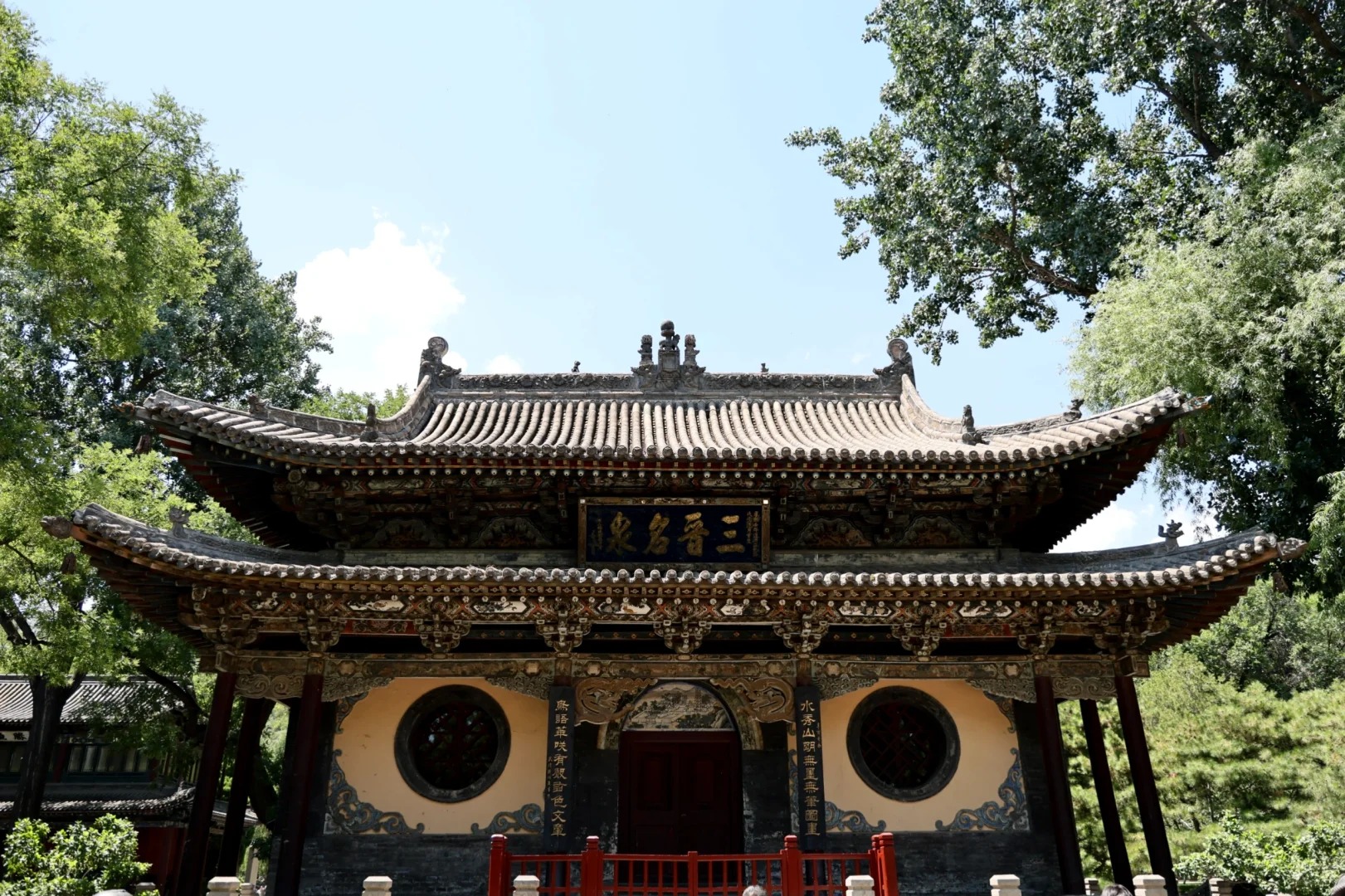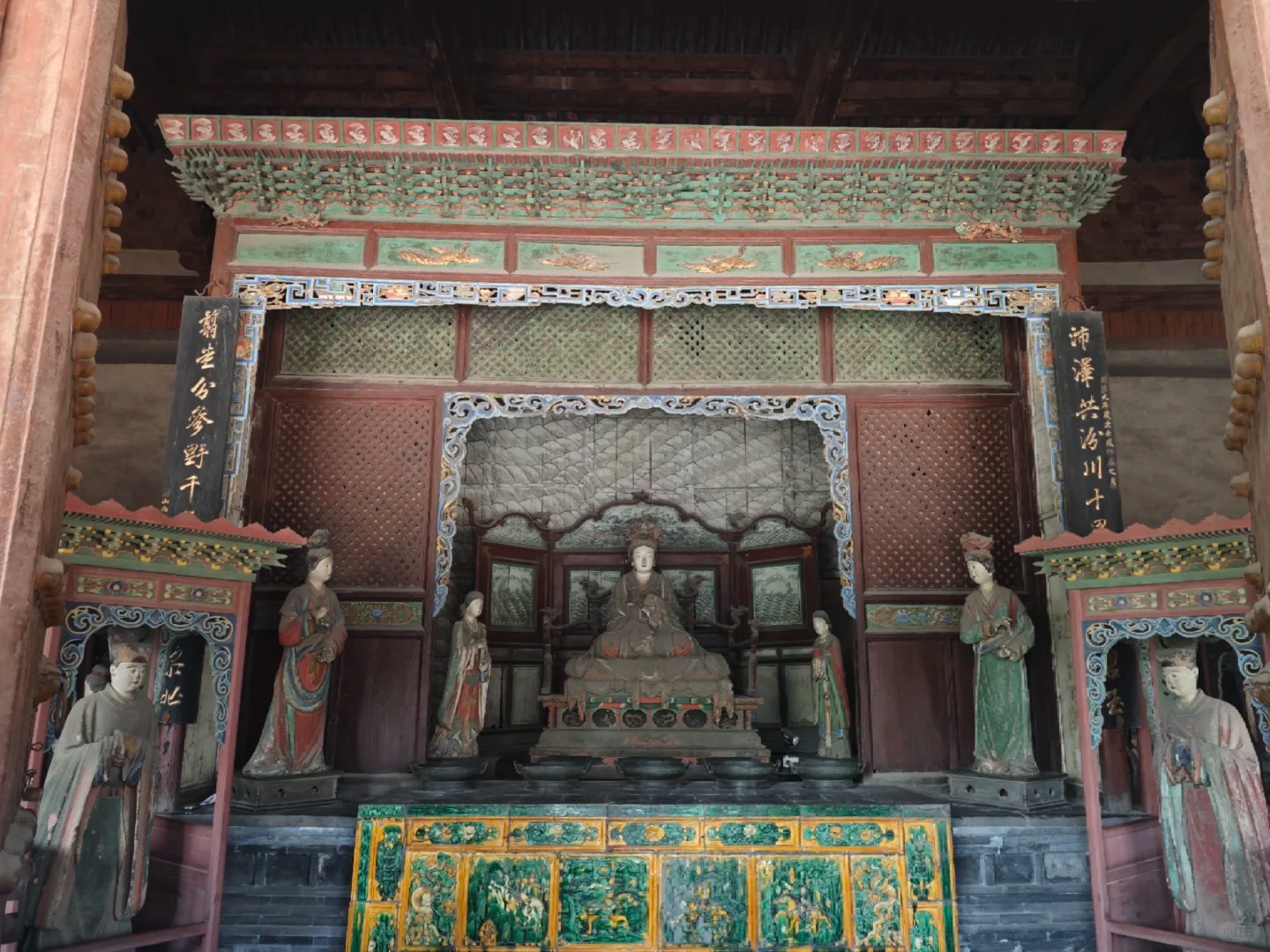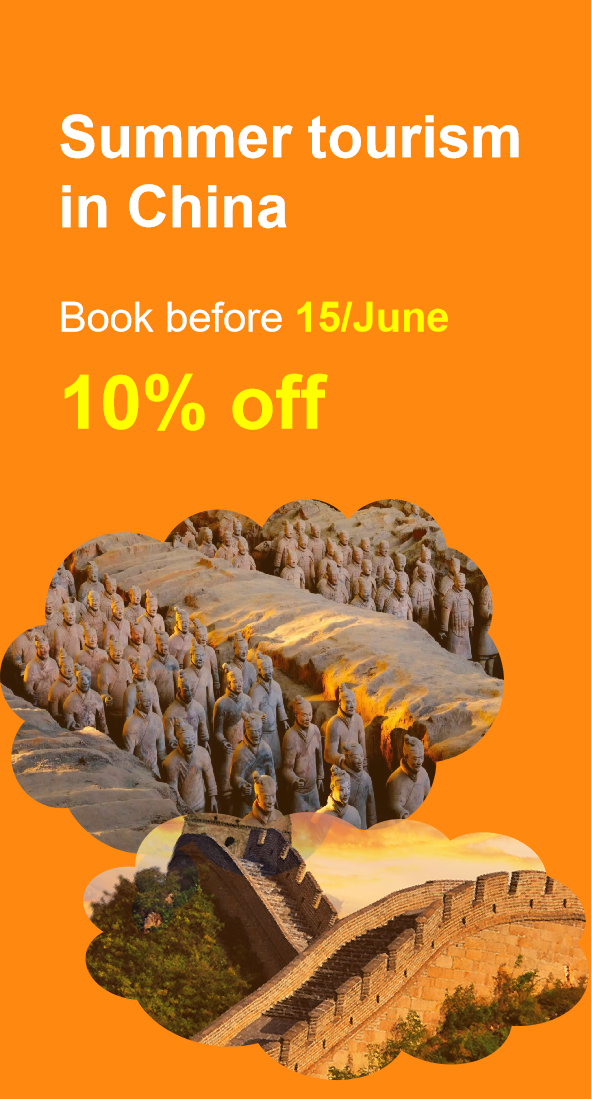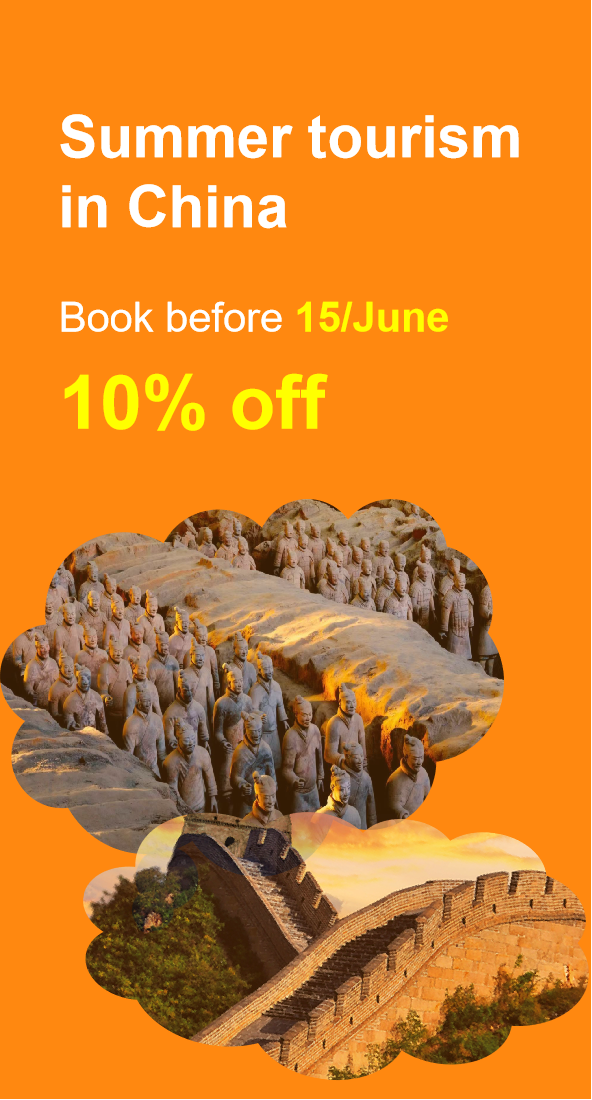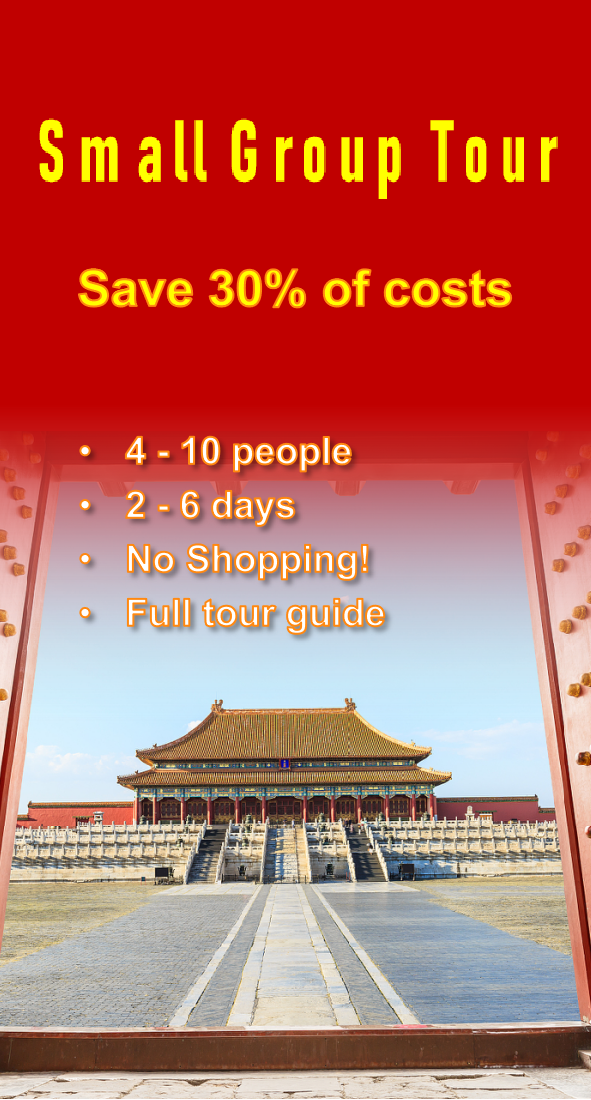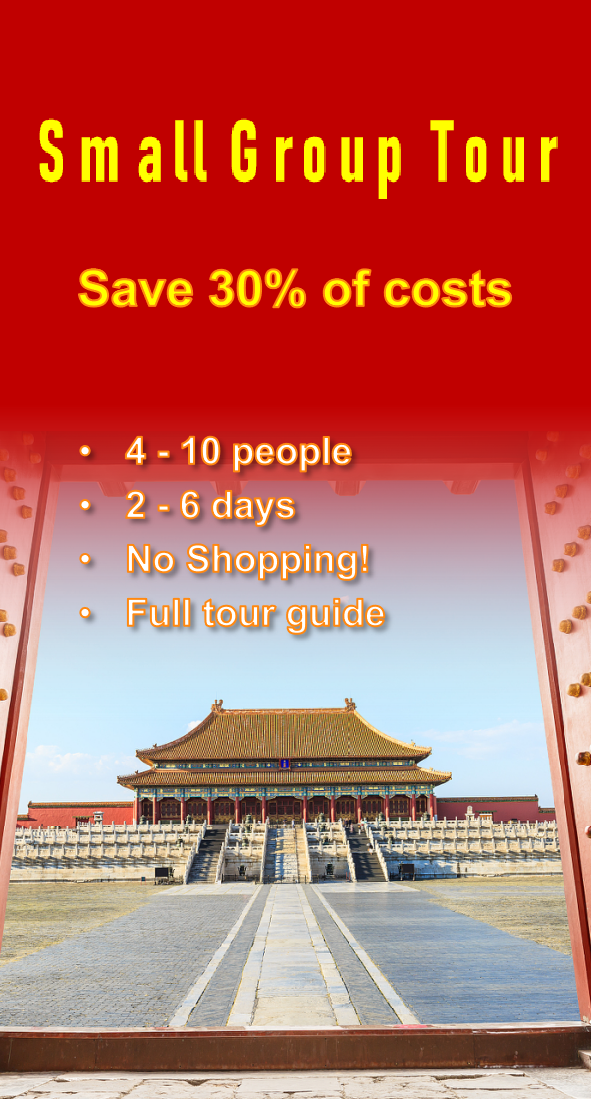Jinci Temple
Historical Overview
Jinci Temple’s origins date back to the Zhou Dynasty (1046–256 BCE), though its current layout was established during the Northern Wei Dynasty. The temple gained prominence during the Tang (618–907 CE) and Song (960–1279 CE) dynasties, when emperors and scholars frequently visited to pay homage. In the Ming (1368–1644 CE) and Qing (1644–1912 CE) dynasties, Jinci became a center for Confucian rituals and cultural gatherings. Notable historical events include its restoration by Emperor Kangxi of the Qing Dynasty and its survival through wars and natural disasters. Today, it stands as a testament to China’s ancestral worship traditions and architectural innovation.
Structural Layout
Jinci Temple is organized along a central axis with three main sections:
- Central Area: Features the Hall of the Holy Mother (Shengmu Dian), the temple’s crown jewel, known for its 42 delicate wooden maidens statues. The Flying Bridge over Fish Pond, a rare cross-shaped stone bridge, connects this area to the eastern and western zones.
- Eastern Area: Home to the Divine Kitchen (Shenchu), a series of ancient stoves used for ritual sacrifices, and the Water Mirror Pavilion (Shuijing Ting), a tranquil spot reflecting the surrounding scenery.
- Western Area: Includes the Tang Shrine (Tang Ci), dedicated to Shu Yu of Tang, and the Cypress Grove (Baishulin), where thousand-year-old cypress trees stand as silent witnesses to history.
Key supporting structures include the Middle Gate (Zhongmen), Clock Tower (Zhonglou), and the Eight Immortals Pavilion (Baxian Ting).
Major Attractions
- Hall of the Holy Mother (Shengmu Dian): Built in 1023 CE during the Song Dynasty, this hall houses 42 life-sized wooden statues of attendants, each with unique facial expressions and postures. The intricate carvings and vibrant colors remain remarkably preserved.
- Flying Bridge over Fish Pond: A 16th-century stone bridge with a cross-shaped design, spanning a pond filled with koi fish. It is one of China’s few surviving examples of this architectural style.
- Divine Kitchen (Shenchu): A cluster of 100+ ancient stoves and utensils used for imperial sacrifices, offering insight into Zhou Dynasty rituals.
- Cypress Grove (Baishulin): A forest of cypress trees, some over 3,000 years old, shading winding paths and pavilions. The "Mother Cypress," believed to be planted by Shu Yu himself, is a highlight.
- Water Mirror Pavilion (Shuijing Ting): A hexagonal pavilion built over a pond, where visitors can admire the reflection of surrounding mountains and temples.
- Tang Shrine (Tang Ci): A simple yet solemn structure dedicated to Shu Yu of Tang, featuring stone tablets inscribed with prayers for peace and prosperity.
(Hall of the Holy Mother)
Suggested Itineraries
-
Classic Route (2–3 hours):
Main Entrance → Hall of the Holy Mother → Flying Bridge over Fish Pond → Divine Kitchen → Tang Shrine → Cypress Grove → Exit via East Gate
Highlights: Core architectural wonders and ancestral shrines. -
Cultural Exploration Route (4–5 hours):
Main Entrance → Hall of the Holy Mother → Flying Bridge over Fish Pond → Water Mirror Pavilion → Eight Immortals Pavilion → Divine Kitchen → Tang Shrine → Cypress Grove → tea House (for traditional refreshments) → Exit
Highlights: In-depth exploration of ritual sites and natural beauty. -
Family-Friendly Route (2 hours):
Main Entrance → Flying Bridge over Fish Pond → Cypress Grove (play area) → Divine Kitchen (interactive exhibits) → Exit via South Gate
Highlights: Easy walks and engaging activities for children.
Ticket Purchase
- Online: Book via the official Jinci Temple website or travel platforms like Ctrip (up to 7 days in advance).
- On-Site: Tickets available at the main entrance, but queues may form during peak seasons.
- Prices:
- Peak Season (April–October): ¥70 (adults), ¥35 (students/seniors).
- Off-Season (November–March): ¥60 (adults), ¥30 (students/seniors).
- Free: Children under 1.2m, disabled visitors, and military personnel.
Transportation
- By Subway:
- Line 2: Jinci Temple Station (Exit A), walk 15 minutes to the main entrance.
- By Bus: Routes 308, 804, or 856 to Jinci Temple Stop.
- By Taxi: Direct to the main entrance (recommended for first-time visitors).
- Departure: Exit via the East Gate for easy access to Taiyuan city center or nearby attractions like the Shanxi Museum.
Best Time & Tips
- Peak Hours: Avoid 10 AM–2 PM; visit early (7:30 AM opening) or late (after 4 PM).
- Crowds: Weekends and holidays are busiest; weekdays are quieter.
- Weather: spring (April–May) and autumn (September–October) offer mild temperatures and colorful foliage.
- Essentials:
- Wear comfortable shoes (the temple grounds are expansive).
- Bring a hat and sunscreen (limited shade in some areas).
- Photography allowed everywhere except inside the Hall of the Holy Mother.
- Prohibited items: Drones, large bags, and pets.
- Stay hydrated; food stalls are limited inside the temple.
Contact Us
What Our Clients Say?
Based on 10,000+ traveler reviews
